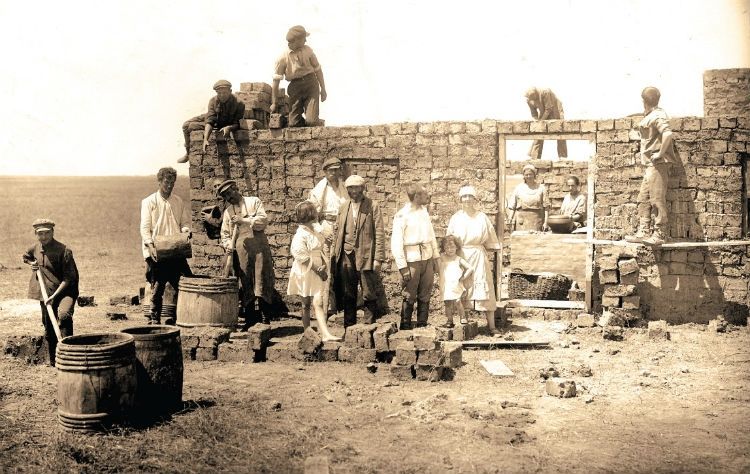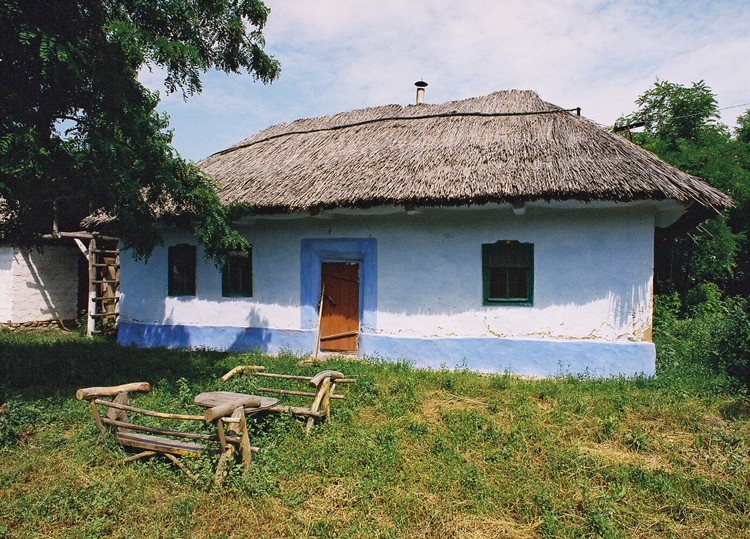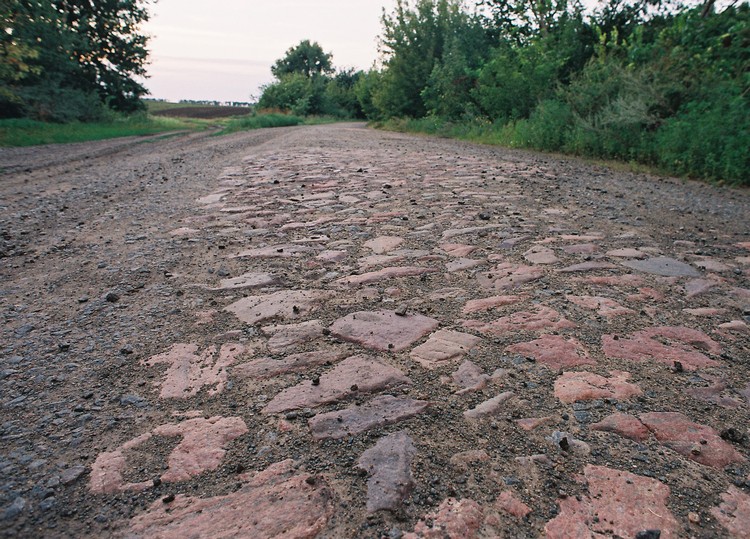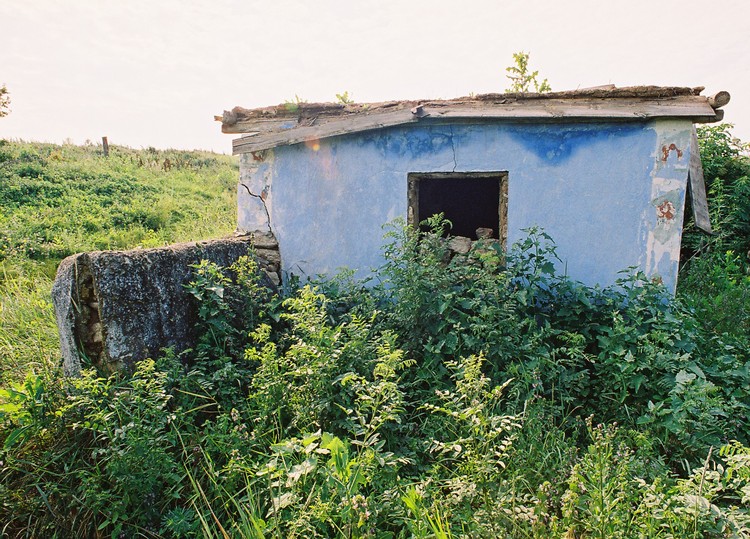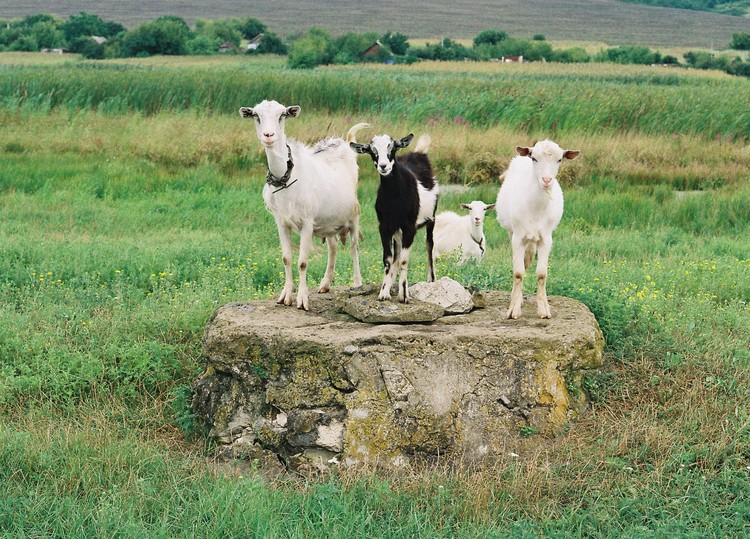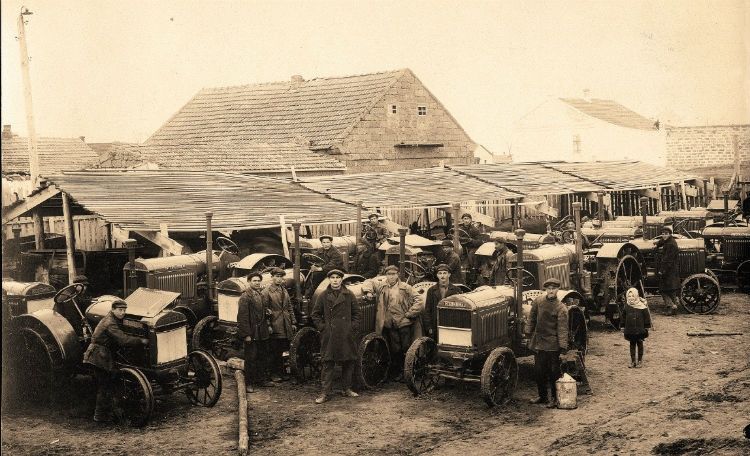Jewish agricultural colonies in Russia were first established in the Kherson province in 1806, when Jews began to leave the Polish Kingdom of Russia en masse. A decree of December 9 (21), 1804, first allowed Jews in Russia to purchase land to establish agricultural settlements (colonies). First of all, the majority of foreign settlers in the Russian Empire were Germans and Balkan Slavs.
Like other agricultural settlers (colonists), Jews who became peasants received temporary tax breaks, exemption from conscription, and subsidies for the acquisition or purchase of land. The goal of this policy was to attract Jews, most of whom ended up within the Russian Empire after the next partition of Poland, to agricultural labor to develop uninhabited steppe and newly acquired lands. Previously, Jews were not allowed to live in rural areas or leave the settlement boundary. The result of these restrictions, as well as restrictions on the choice of occupation, was extreme overcrowding and poverty in the towns within the strip.
In the middle of the 19th century, the tsarist government allowed the creation of Jewish agricultural colonies in the southern regions of the country, and primarily in the Bessarabian region and Novorossiya, annexed as a result of the recent Russian-Turkish wars.
The decree of Emperor Nicholas I "Regulations on Jews" of April 13 (25), 1835, allowed Jews to receive state land for indefinite use, to buy and rent land plots in six provinces, and also provided for temporary recruitment and payment concessions for colonists. In the same year, an unsuccessful attempt was made to create Jewish colonies in Siberia. The vast majority of Jewish agricultural colonies in the following years were organized in the Bessarabian region, the Ekaterinoslav and Kherson provinces.
The colonization of the Ekaterinoslav province began in 1846. In 1858, 18 Jewish agricultural colonies were formed in the Podolsk province, where more than 1,100 families moved. In a short period of time, a new stratum of Jewish farmers appeared in Russia, who by the middle of the 19th century already constituted 3% of the entire Jewish population of the country, and in the Bessarabian region - about 16%. By 1900, there were about 100,000 Jewish colonists.
The policy of encouraging Jewish agriculture in Russia was curtailed by Emperor Alexander II with a new decree of May 30 (June 11), 1866, which again imposed a ban on the purchase of land by Jews. The situation of agricultural colonies was further aggravated by the "Temporary Regulations" of 1882, according to which, after the expiration of the initial lease term, land plots in the colonies could neither be purchased nor leased by the colonists themselves.
Despite the ban and active measures to restrict Jewish agriculture, about 20-25% of the inhabitants of the Jewish colonies continued to engage in agricultural activities. In many colonies, new crops were grown that were in demand and brought profit: sugar beets, sunflowers, tobacco. Many colonists were forced to switch to related occupations, such as poultry farming. In the place of some colonies, entire towns arose, where fairs were regularly held, and most Jews returned to trade and crafts.
After the collapse of the empire
As a result of the abolition of the sedentary feature, the Civil War, indigenization, pogroms, famine and epidemics, some colonies ceased to exist in the early 1920s. A significant part of the Jews left the towns and former colonies in search of work in large cities, as well as emigrating to the USA, Palestine and Latin American countries. In some former colonies, Jews became a minority. Collective farms (kolkhozes and sovkhozes) were organized in a number of former colonies. At the same time, the Committee for Land Management of Jewish Workers (KomZET), established in 1924 in the USSR, continued the policy of involving the Jewish population of Soviet Russia in productive labor. A year later, the Society for Land Management of Jewish Workers (OZET) was established - formally, a public organization to assist the KomZET and interact with international Jewish organizations, primarily the Joint.
Initially, Jewish village councils were created mostly in the Crimea, as well as in the area of the "old" Jewish agricultural colonies founded in the early 19th century. By the end of the 1920s, 160 such village councils had been created in the Ukrainian SSR, 29 in the Ukrainian Autonomous Soviet Socialist Republic, and 27 in the Belarusian Soviet Socialist Republic. From 1925 to 1937, 126,000 Jews moved there, of whom, however, only 53,000 remained in their new place.
In the 1930s, collectivization and industrialization led to a new outflow of young people to the cities and a reduction in the number of Jewish peasants. In May 1938, all previously established Jewish national districts and village councils were disbanded. Most of the residents of the former Jewish colonies and village councils who did not have time to evacuate were killed during the Holocaust during World War II.
